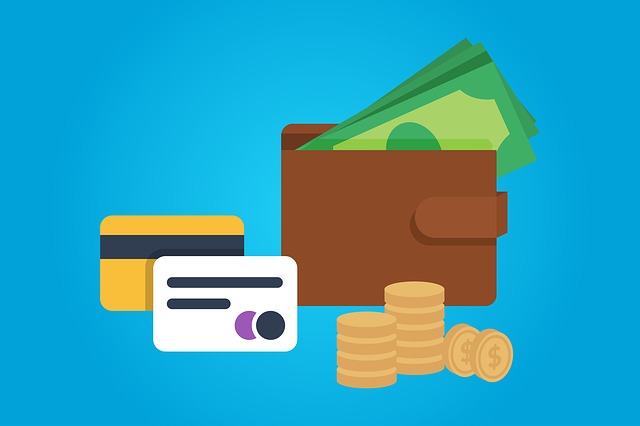Cryptocurrency wallets have been around for over a decade, yet many people are still unsure of what they are and how they work. In this blog, we’ll explore the basics of crypto wallets, including what they are, how they work, and the different types available.

What are Crypto Wallets?
A cryptocurrency wallet is a software program that stores private and public keys and interacts with various blockchain networks to enable users to send and receive digital currency and monitor their balance. Simply put, a crypto wallet is a digital wallet that enables you to securely store, send and receive cryptocurrencies.
How do Crypto Wallets Work?
Cryptocurrency wallets work by interacting with different blockchain networks to enable users to send and receive digital currency. When you buy cryptocurrencies, the coins are stored in your wallet. The wallet creates a unique address that is used to receive digital currency from other users.
When you want to send cryptocurrencies to someone else, you need to enter the recipient’s wallet address and the amount you want to send. The wallet then sends the transaction to the blockchain network for validation, and once validated, the transaction is recorded on the blockchain. This process usually takes a few minutes, depending on the blockchain network’s speed.
Types of Crypto Wallets:
There are several types of crypto wallets, each with its pros and cons. Here are the most common types of crypto wallets:
-
Hardware Wallets
Hardware wallets are physical devices that store private keys and enable users to manage their cryptocurrencies offline. These wallets are considered the safest because they store private keys on the device rather than on an online platform. Examples of hardware wallets include Trezor, Ledger Nano S, and KeepKey.
-
Desktop Wallets
Desktop wallets are software programs that you can download and install on your computer. These wallets are usually considered safe, but they are vulnerable to hacking if your computer is infected with malware. Examples of desktop wallets include Exodus, Atomic Wallet, and Electrum.
-
Mobile Wallets
Mobile wallets are smartphone apps that you can download and install on your phone. These wallets are convenient because they allow you to manage your cryptocurrencies on-the-go. However, they are vulnerable to hacking if your phone is lost or stolen. Examples of mobile wallets include Coinbase Wallet, Mycelium, and Trust Wallet.
-
Web Wallets
Web wallets are online platforms that allow you to manage your cryptocurrencies from a web browser. These wallets are usually easy to use, but they are vulnerable to hacking if the web platform is not secure. Examples of web wallets include MyEtherWallet, MetaMask, and BitGo.
Choosing a Crypto Wallet:
When choosing a crypto wallet, there are several factors you should consider, including security, convenience, and compatibility. Here are some tips to help you choose the right crypto wallet:
- Security: Look for a wallet that uses strong encryption and stores private keys offline.
- Convenience: Consider a wallet that is easy to use and supports the cryptocurrencies you want to store.
- Compatibility: Make sure the wallet you choose is compatible with the blockchain network of the cryptocurrencies you want to store.
Conclusion:
Crypto wallets are an essential tool for anyone who wants to buy, sell, or hold cryptocurrencies. They provide a secure and convenient way to manage digital currencies and interact with blockchain networks. When choosing a crypto wallet, it’s important to consider security, convenience, and compatibility to ensure your cryptocurrencies are safe and easily accessible.


